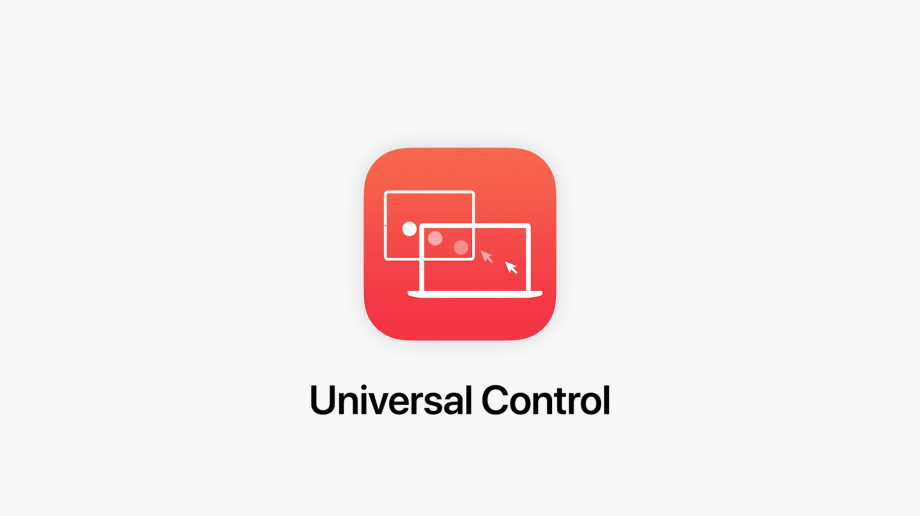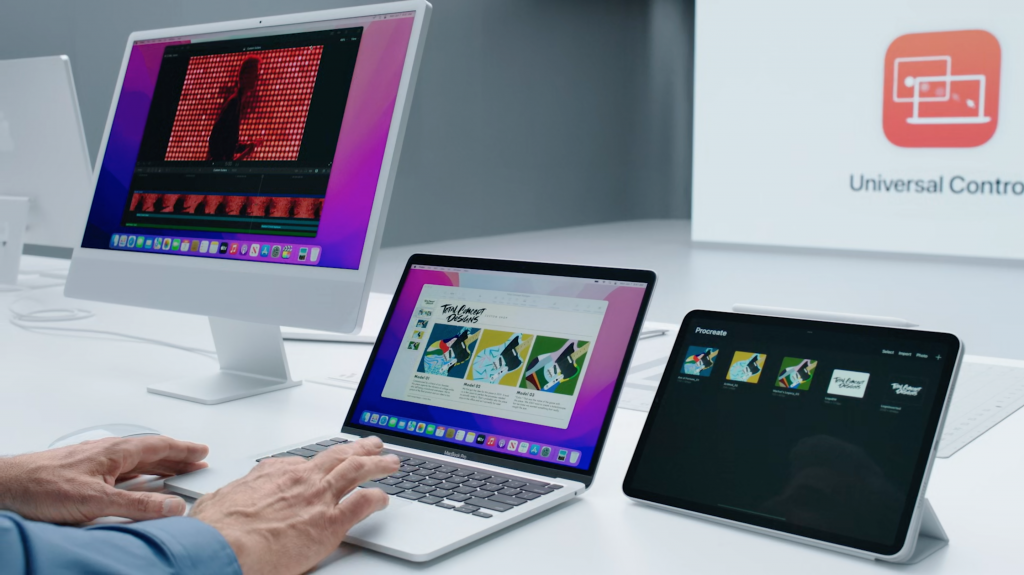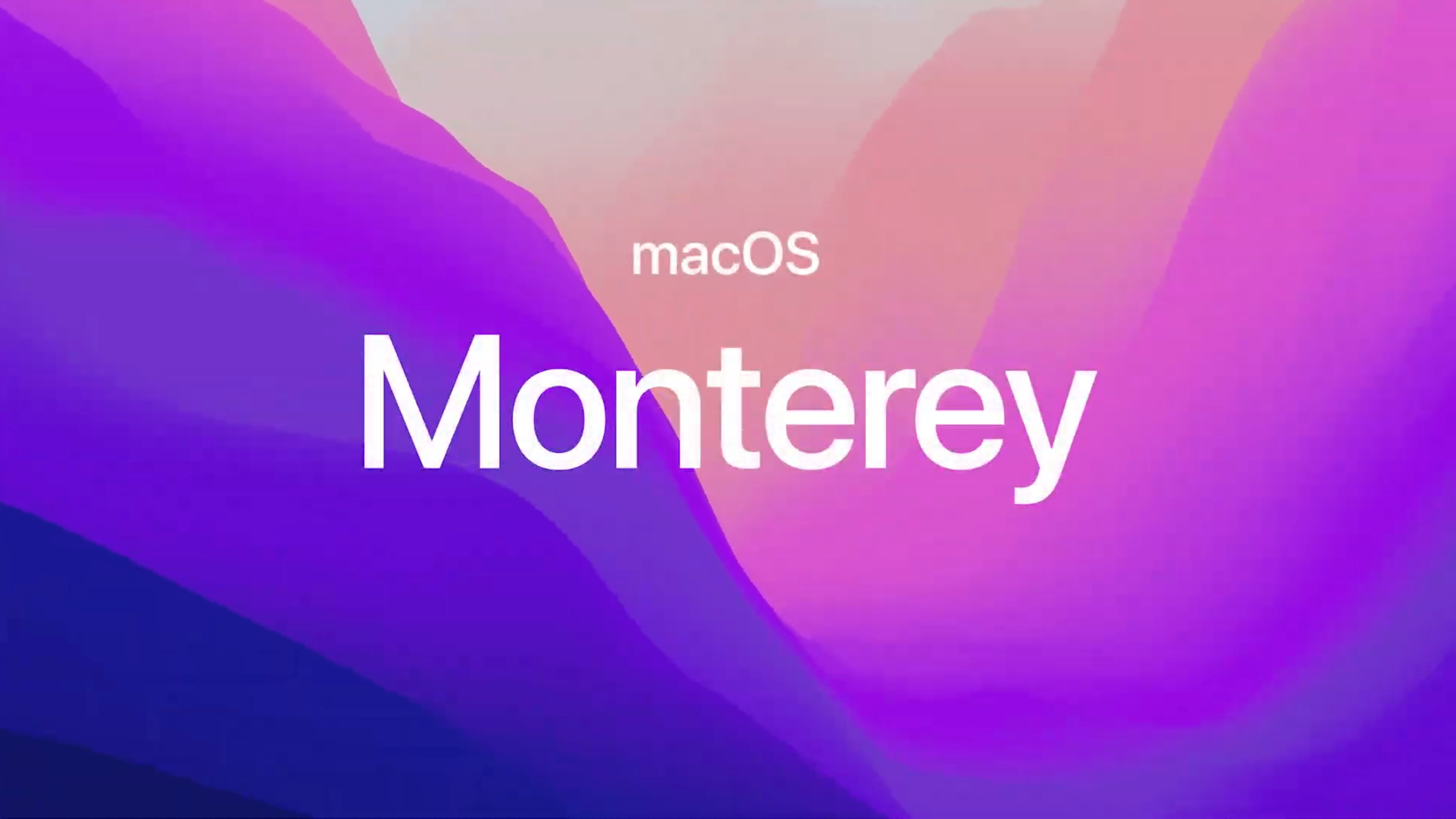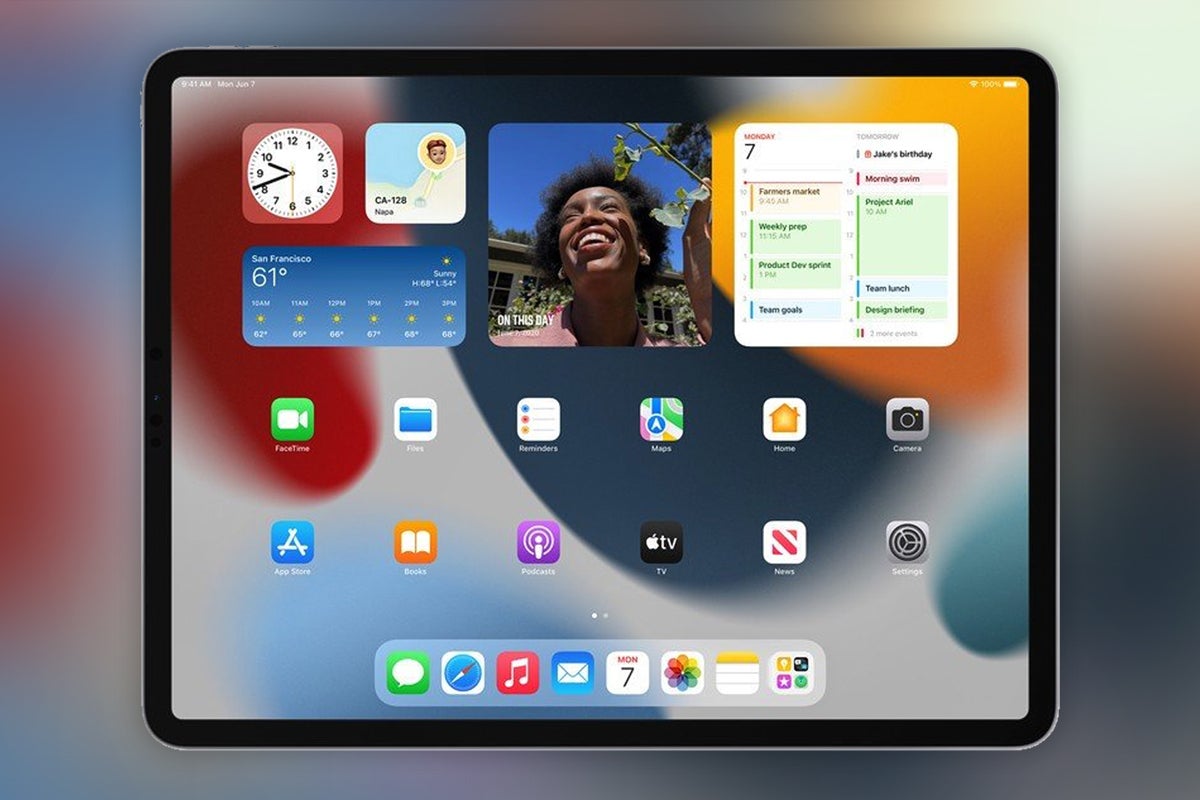What is Apple Universal Control?

Apple kicked off its annual WWDC event with a keynote that revealed all the latest features coming to iOS, iPadOS, macOS and more later this year. One of the standout features coming to the Mac and iPad this year is Universal Control – here’s how it works.
Apple announced plenty of upgrades coming with macOS Monterey this autumn, including improved AirPlay, SharePlay, Focus, Shortcuts and some major Safari changes.
Meanwhile, iPadOS 15 is getting widgets, the App Library, Split View and the Translate app. One feature you can find in both updates is Universal Control.
But, what is Apple Universal Control? Read on to discover everything you need to know about the new productivity feature designed for anyone with multiple Apple devices at home.
Apple Universal Control explained
Universal Control is a new Apple feature that lets users move between their Mac and iPad displays seamlessly with a single mouse or keyboard.
The features essentially allows the iPad to function as a second display, so users can spread windows out across more than one screen or drag and drop content between the two.
In Apple’s demonstration, SVP of Software Engineering Craig Federighi can be seen dragging a sketch he created with the Apple Pencil in Procreate from his iPad directly onto a Keynote slide on his MacBook.

The feature requires no setup and isn’t limited to two devices, as Federighi later demonstrated by dragging the illustration from his iPad, across his MacBook and onto his iMac.
While Apple only showed one iMac, iPad and MacBook using Universal Control during the keynote, it looks as though the feature will run on any device powered by macOS Monterey or iPadOS 15.
For the Mac line, this includes the latest iMac, the MacBook Air, the 13-inch MacBook Pro, the Mac mini and Apple’s Intel-based Macs, while iPadOS 15 will be available on the iPad mini 4 and later, the iPad Air 2 and later, the iPad 5th generation and later, and all iPad Pro models.
Both operating systems will be available to the public this fall, but if you’re a registered Apple developer you can get your hands on them early.





